
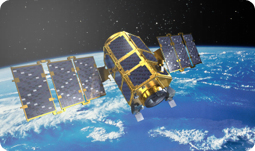
September 27, 2003
Korean peninsula observation science experiments
Plesetsk, Russia
ROCKOT #13
Korea Aerospace Research Institute
3.0(w) x 1.8(length) M
800 Kg
98.1˚
S-band
3 years
New satellite communications services, and practical exam HDTV and 3DTV service verification
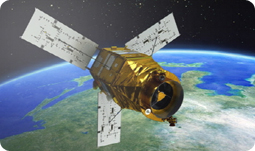
May 17, 2012
Provide geographical information on Earth
Tanegashima, Japan
H- ll A
Korea Advanced Institute of science and technology
2.0(diameter), 3.4(high) M
1,000 Kg
98.1˚
Ku-band
4 years
Engance national security, cope with natural disasters, better manage resources and monitor the environment.
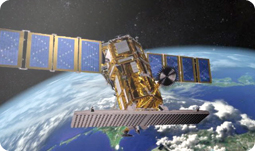
August 22, 2013
Earth boservation, Rader
Yasny, Russia
Dnepr
Korea Aerospace Research Institute(KARI)
4,000 x 3,700 x 9,100 mm
1,315 Kg
97.6˚
X-band
5 years
Day and night all-weather earth observation satellite : Equipped with 1 meter resolution imagin radar(SAR)
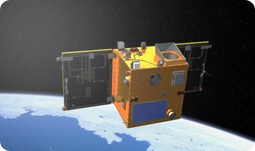
September 27, 2003
Korean peninsula observation science experiments
Plesetsk, Russia
ROCKOT #13
Korea Aerospace Research Institute
3.0(w) x 1.8(length) M
800 Kg
v
S-band
3 years
New satellite communicati -ons services, and practical exam HDTVand 3DTV service verification
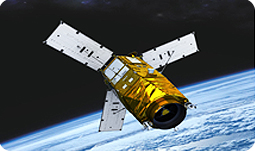
May 26, 2015
Precision earth observation
Yasny, Russia
Dnepr
Korea Aerospace Research Institue
(KARI)
2,000 X 3,800 X 6,300mm
1,100 Kg
97.51˚
X-band
4 years
High-resolution earth obser -vation images available
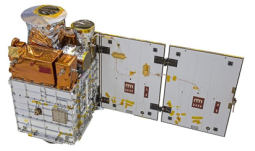
December 04, 2018
Scientific Observation
Vandenberg AFB, California
Falcon-9
KAIST
0.6m(W) X 1.6m(L) X 1m(H)
100 Kg
97.77˚
X-BAND
2 years
Purpose of development of small satellite standardization platform
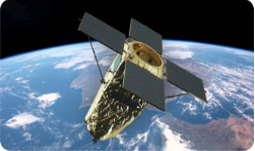
March 22, 2021
Land observation
Kazakhstan Baikonur
Soyuz – 2 (Russia)
Korea Aerospace Research Institute
140 X 155 X 289 mm
500 kg
-
X-band
4 years
The CAS500-1 satellite is the low-orbit practical satellite for precision ground observation developed by KARI with support from MSIT and MOLIT.The missions of CAS500-1 satellite are providing high resolution ground images to meet public sector demands for land/resource observation and disaster moni -toring and providing stereo images for national geometric information services.